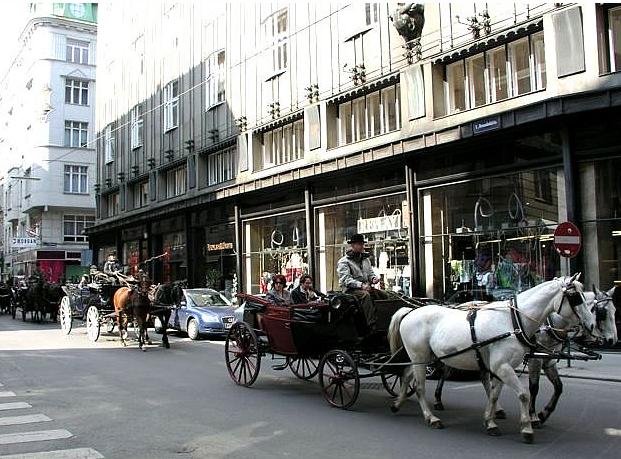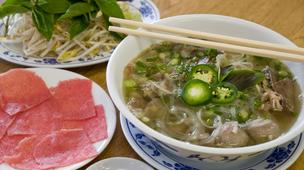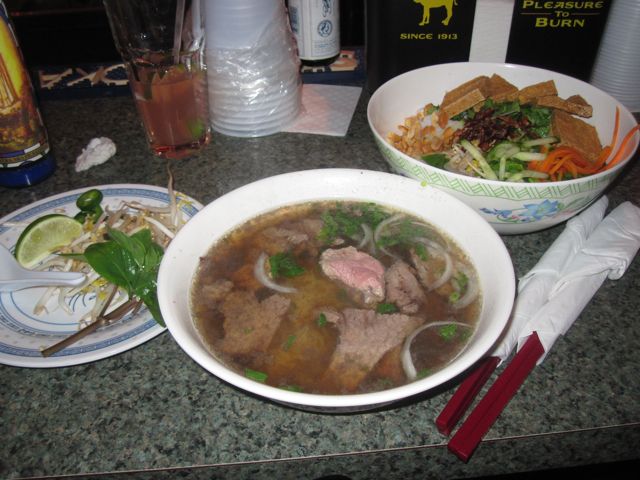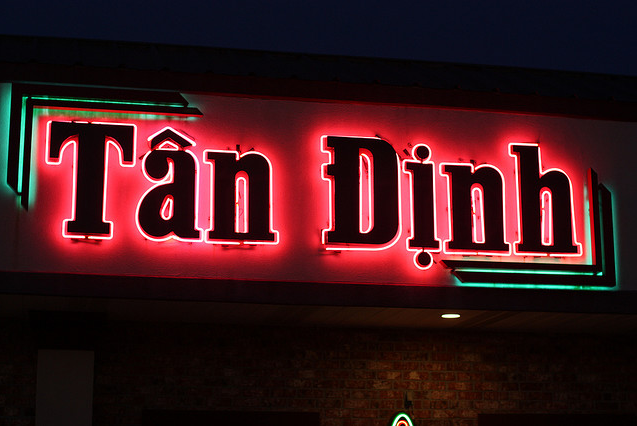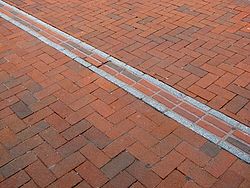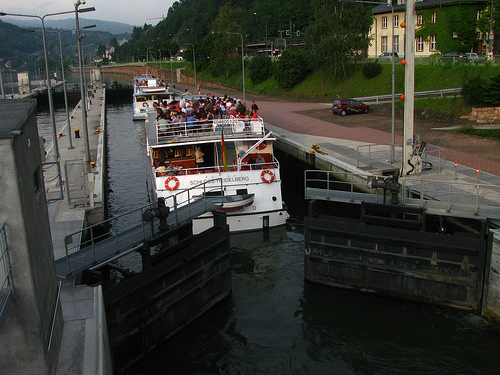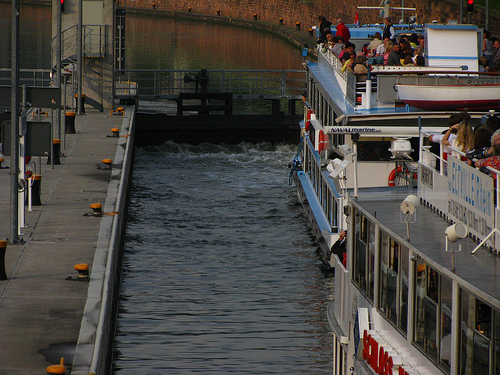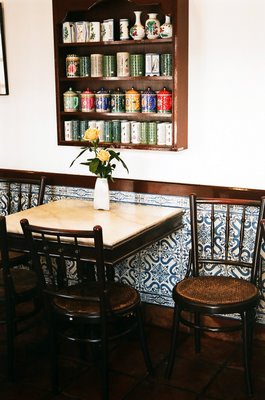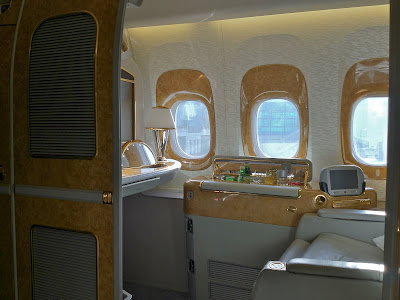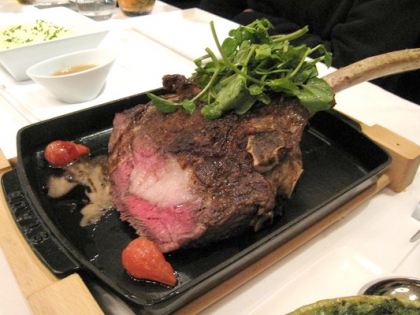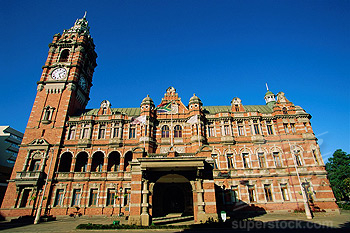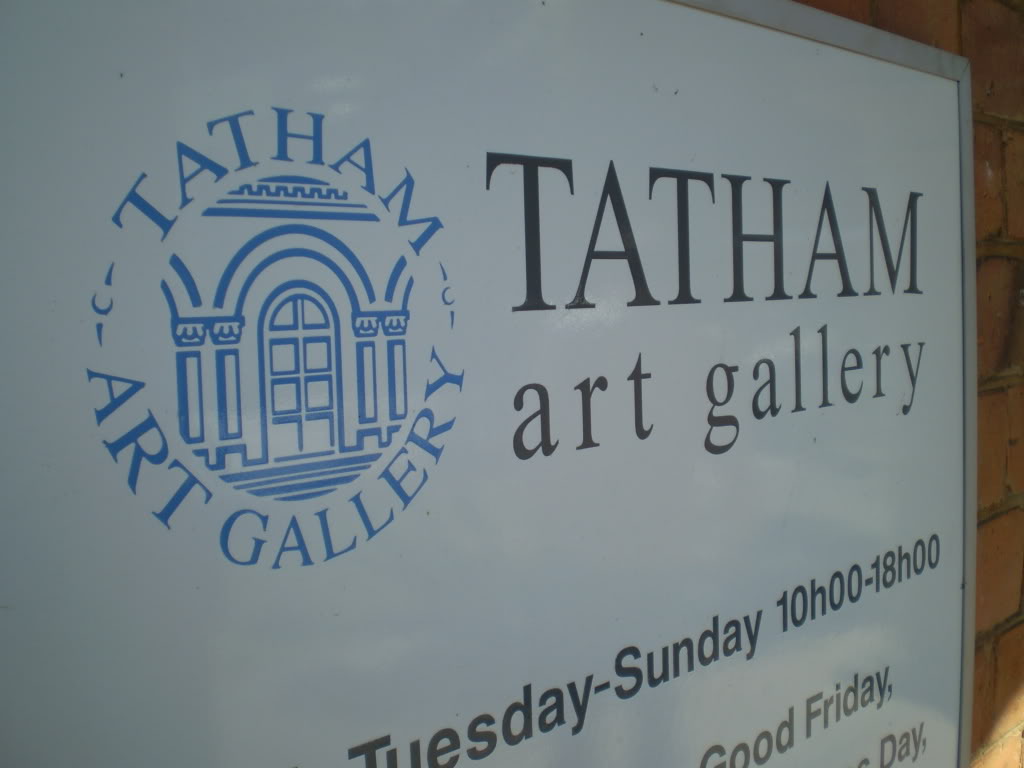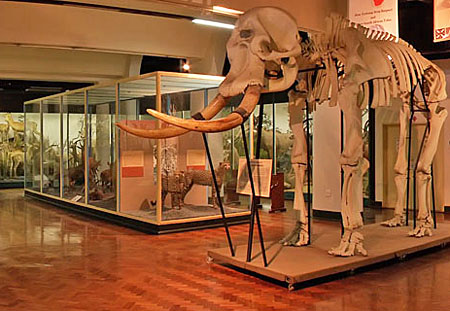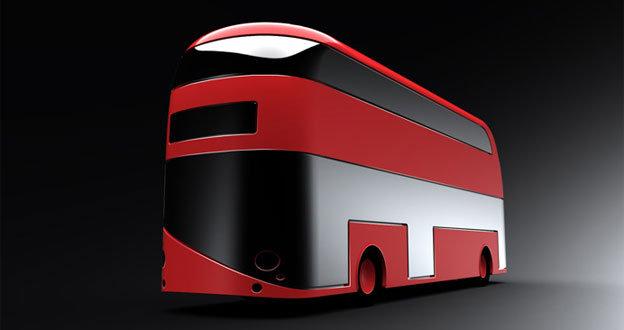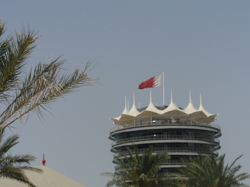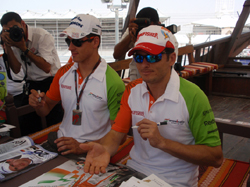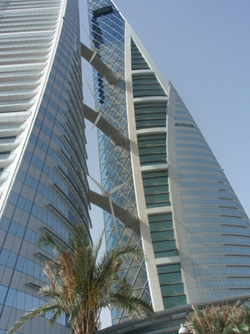This article is written by Prakash Bang.
Breathtaking waterfalls stretching over 3 kms is a unique sight. The delta on the upper Iguazu river breaks the mighty river into over 200 different streams. These streams (large enough to be called rivers in themselves) dance down the cliffs… offering a spectacular sight all along the trails.
Iguazu is a small town north of Buenos Aires. It’s a 90 minute flight. I was lucky to get a window seat. Make it a point to ask for window seat on the right side of the plane whilst flying from Buenos Aires to Iguazu. On a clear day, just before landing, the mighty waterfalls are visible.
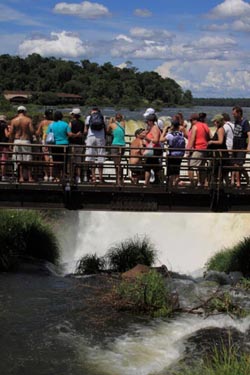 For my trip to Argentina, I availed the services of Eurotur, an Argentine Destination Management Company. I was travelling in a group of 5. We had at our disposal the services of a tour guide and a comfortable van. Travelers on their own can avail the services of taxis. They run by meter and are not expensive. Public transport was minimal. We landed at Iguazu airport at 11 in the morning. The airport is between Iguazu town and the National Park. We straightaway headed for the Iguazu National Park to make the most from the day we had with us. The park opens at 8 in the morning and closes at 6 in the evening.
For my trip to Argentina, I availed the services of Eurotur, an Argentine Destination Management Company. I was travelling in a group of 5. We had at our disposal the services of a tour guide and a comfortable van. Travelers on their own can avail the services of taxis. They run by meter and are not expensive. Public transport was minimal. We landed at Iguazu airport at 11 in the morning. The airport is between Iguazu town and the National Park. We straightaway headed for the Iguazu National Park to make the most from the day we had with us. The park opens at 8 in the morning and closes at 6 in the evening.
We were at the park in about 20 minutes. It was a beautiful drive through the lush green forest. The heat and the humidity were obvious as soon as we got down from our vehicle. Be sure to carry with you sun screens, hat and water. Of course, you can buy water, soft drinks and snacks at the food kiosks strategically located in the park. Entrance to the National Park is Argentine Peso 80. The Peso symbol is $. At the time of writing US $1 fetched Argentine $3.80. The Argentine currency is quite vulnerable. It might be a good idea not to change the currency at one go.
Amidst a massive rain forest, The Iguazu National Park consumes 65, 000 hectares. About 20% of it is open for the public. Just opposite the river is the Brazilian side of the park that is 3 times larger. I personally think the view from the Argentine side has a slight advantage. The direction of the wind (and the mist it creates) would certainly block some view from the other side. However, the advantage from the Brazilian side is that you could get a helicopter tour of the falls. There’s no such service from the Argentine side.
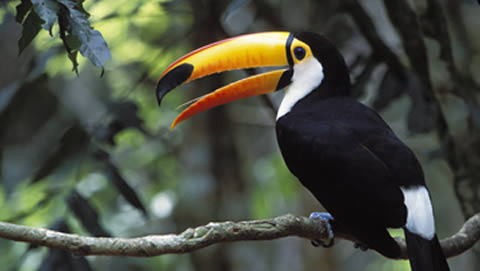
Essentially there are 3 trails to be followed. The Upper Circuit; The Lower Circuit and the Green Train of The Jungle that takes you to the Devil’s Throat – a highlight of the day, I would say. Put together, this would mean a walk of at least 7 kms. All the trails are well marked and well kept and comfortable to negotiate. On your way out, if you get your pass stamped, that will allow you a free entry to the park the next day to be able to explore more. One day was enough for us.
Generally, all visitors would first flock to the train station. The lines could get long. To avoid the morning rush, we decided to trek the Upper Circuit first. After a km we got our first view of the water falls. Awesome. I could only imagine the day ahead that was to offer hundreds of different viewpoints. As we walked we met with scores of butterflies, different species of birds, webs, raccoons, turtles, monitor lizards and of course vegetation.
After the Upper Circuit, we took the Green Train of The Jungle for its final destination – Garganta del Diablo meaning Devil’s Throat. From the station a 2 km trek took us to a point where the water was falling down with all its might creating mist and rainbows. We were a little a lucky because the catchment area had received a heavy rainfall in the past two days.
We took the train back. At the station, my colleagues opted to take a boat ride that would take them all the way below the falls. The cost for the ride was Argentine $200 per head. A safari van took my friends through the jungle down to the river bed. From there, they boarded their boats and soaked themselves wet under the falls. The look on their faces was of sheer amazement. In the meantime, I decided to walk the Lower Circuit.
While this could be debatable, I personally think that the view from the Lower Circuit was more fascinating. At one point, it gave walkers the opportunity, to drench themselves under one of the waterfalls.
It was 5 in the afternoon when I met with my group from the boat. Our meeting 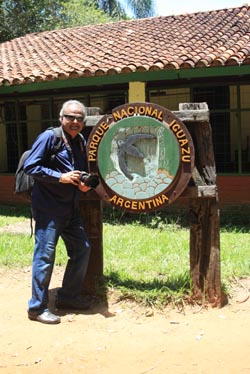 point was scheduled at the lobby of Sheraton Hotel. This is a fantastic property. Every room gets a view of the falls. Not sure of the price though. After some souvenir shopping at the arcade in the park, we headed for the Amerian Iguazu Hotel – located right on the bank of River Iguazu. With my back to the hotel’s swimming pool, Brazil was in the front and Paraguay to my left!
point was scheduled at the lobby of Sheraton Hotel. This is a fantastic property. Every room gets a view of the falls. Not sure of the price though. After some souvenir shopping at the arcade in the park, we headed for the Amerian Iguazu Hotel – located right on the bank of River Iguazu. With my back to the hotel’s swimming pool, Brazil was in the front and Paraguay to my left!
The walking had drained us out. We crashed after an early dinner. The next morning we were to board our flight to the end of the world – Ushuaia.
Prakash Bang
http://www.yogoyo.com/argentina-travel-guide/iguazu-falls.htm
Average Rating: 4.8 out of 5 based on 228 user reviews.

